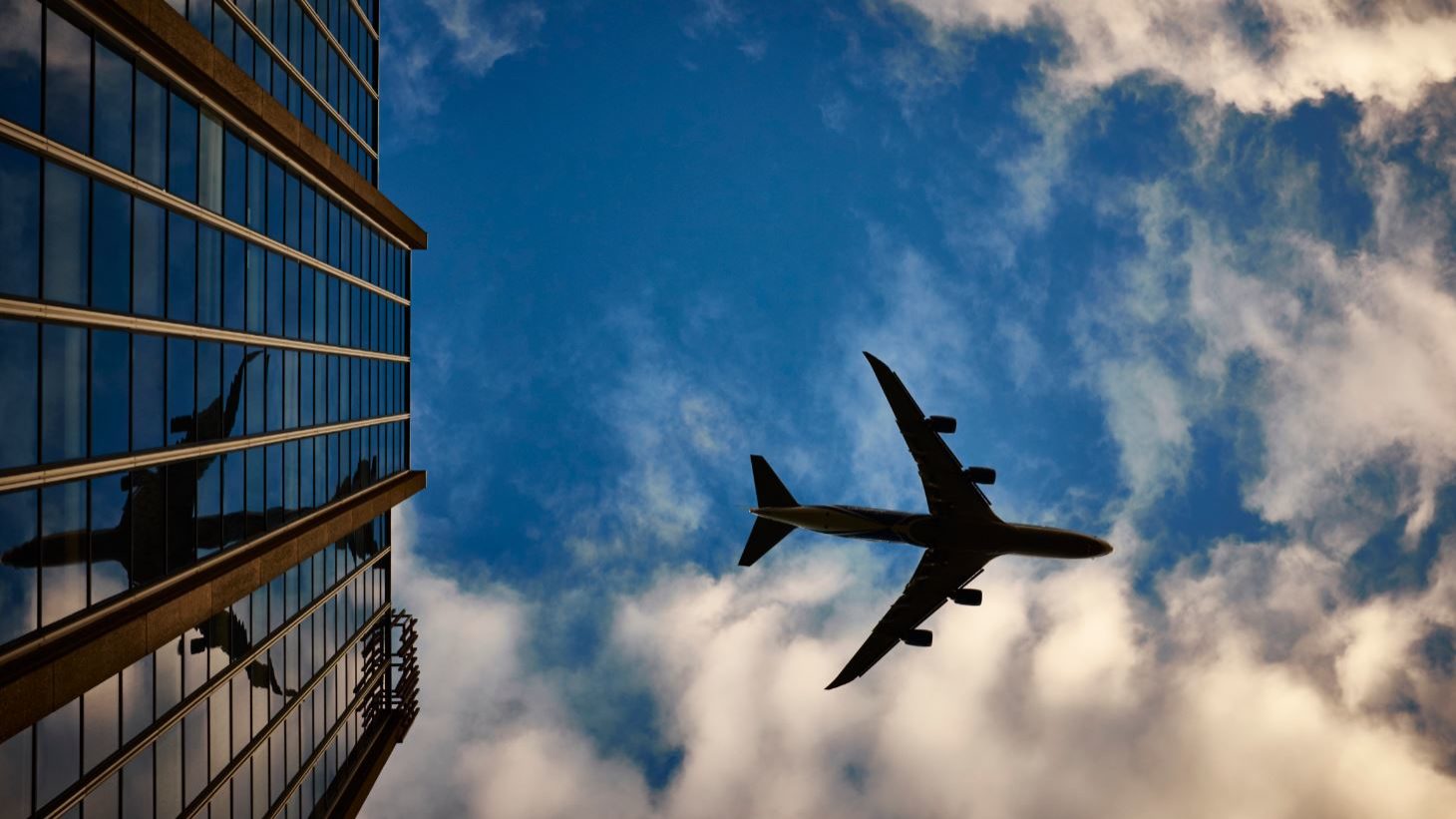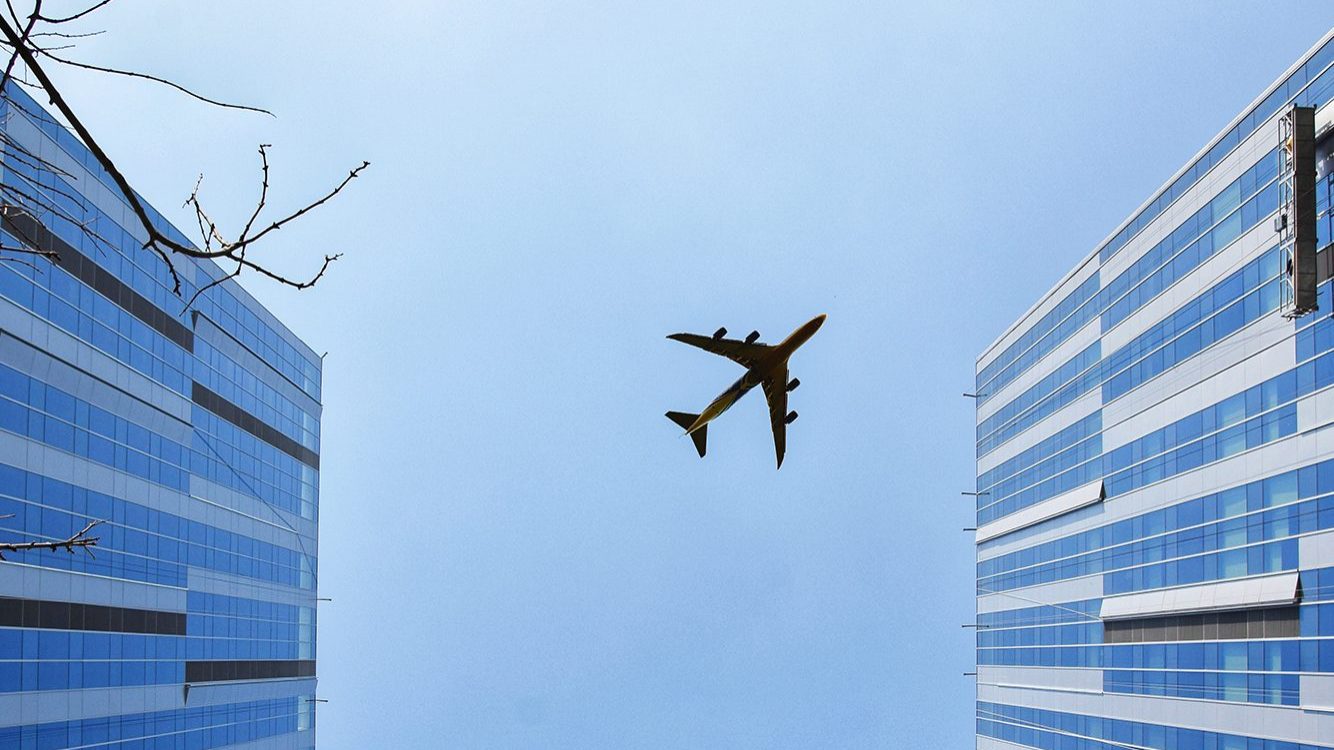Freight transport rebounds in Q2 to above 2019 levels
According to INE, freight transport increased in all modes of transport compared to the same period of 2020, with higher levels than those recorded in the same period of 2019, except in air transport.
Freight transport by road, sea and rail in Portugal increased in the second quarter of 2021 to levels above 2019, but passenger movement in airports, rail and metro fell by 76.0%, 34.6% and 53.3%, according to Statistics Portugal (INE).
According to INE, freight transport increased in all modes of transport compared to the same period of 2020, with higher levels than those recorded in the same period of 2019, except in air transport.
“By air, the increase compared to the second quarter of 2020 was more significant (+108.3%; -21.7% in the first quarter of 2021), but still with a reduction of 11.2% compared to the second quarter of 2019,” it said.
As for railways, there were increases of 24.0% compared to the same period of 2020 (-2.4% in the first quarter 2021) and +6.4% compared to the same period of 2019, while by sea there was an increase of 29.7% compared to the second quarter of 2020 (-3.6% in the first quarter 2021), also registering a slight increase compared to the second quarter of 2019 (+0.4%).
In turn, transport by road grew by 39.3% compared to the second quarter of 2020 (+7.5% in the first quarter of 2021) having also increased compared to the second quarter of 2019 (+3.1%).
Concerning passenger transport, from April to June 2021 national airports handled about four million passengers, which represents a decrease of 76.0% (-86.8% in the first quarter of 2021) compared to the same period of 2019.
By train and metro, 28.2 and 32.0 million passengers were transported, respectively, figures that represent reductions of 34.6% and 53.3%, respectively, compared to the same period of 2019 (-51.4% and -65.6% in the first quarter 2021).
According to the INE note, the metro registered less than half of the passengers compared to the pre-pandemic period.
In the second quarter of this year, inland waterway passenger transport recorded a year-on-year increase of 97.1% (-58.8% in the first quarter 2021), reaching 3.0 million passengers and a reduction of 45.5% compared to the second quarter of 2019 and remaining far from the Covid-19 pre-pandemic values.
Analysing the movement of goods in the various national ports, INE points in Sines the movement of 11.1 million tonnes in the second quarter, corresponding to year-on-year increases of 42.9% (+9.4% in the first quarter) and 13.2% compared to the second quarter of 2019.
Leixões, meanwhile, reduced its handled goods by 1.5%, recovering from the 30.3% decrease recorded in the previous quarter, but maintaining, however, a 25.6% reduction compared to the second quarter of 2019.
The port of Lisbon grew by 34.8%, after the 5.3% increase in the first quarter of 2021 (-0.7% compared to the second quarter of 2019), and Aveiro recorded a strong increase (+64.3%) after the 9.4% increase in the first three months of 2021 (+2.9% compared to the second quarter of 2019).
As for the ports of Setúbal and Figueira da Foz, they showed increases of 7.7% and 47.5% in goods movement, reversing the reductions seen in the previous quarter (-19.6% and -24.6%, respectively; -3.7% and +8.1%, compared to the second quarter of 2019, in the same order).
Concerning passenger transport at the various airports, in the second quarter of 2021, Lisbon airport concentrated 44.4% of total passenger movements (1.8 million). Compared to the same quarter of 2019, it recorded a decrease of 78.7% (-88.1% in Q1 2021).
Porto airport recorded the second-highest volume of passengers handled in the country (22.8%), reaching 912,9000 passengers, corresponding to a decrease of 74.3% compared to the same period of 2019 (-86.3% in Q1 2021).
As for Faro airport, there was a movement of 519,5000 passengers (13.0% of the total), corresponding to the largest decrease compared to the pre-pandemic period (-82.5% compared to the second quarter of 2019).
Passengers handled at Funchal and Ponta Delgada airports corresponded, respectively, to 7.6% and 6.1% of the total. These two airports recorded the smallest decreases compared to 2019 (-64.6% and -56.6% in the second quarter of 2021, respectively).


